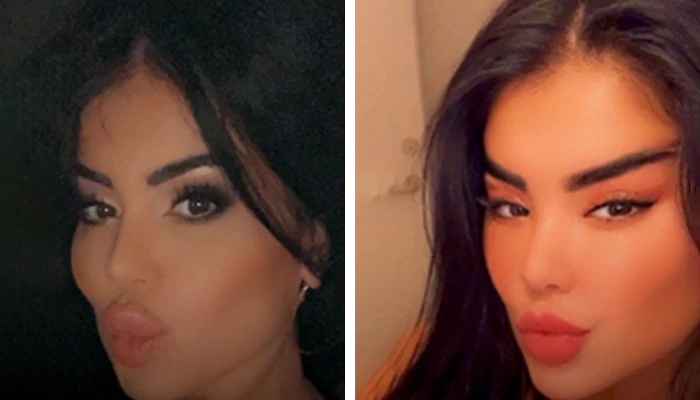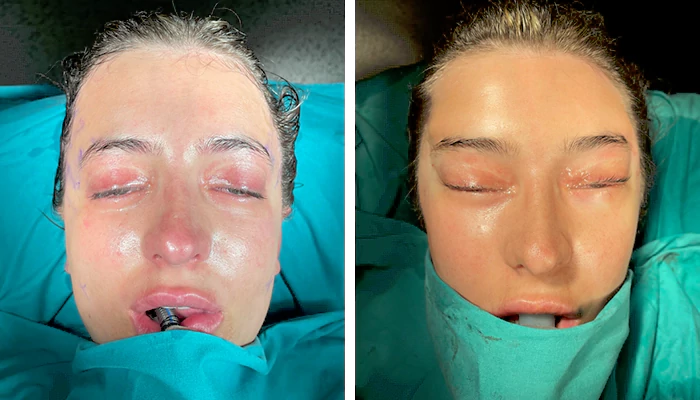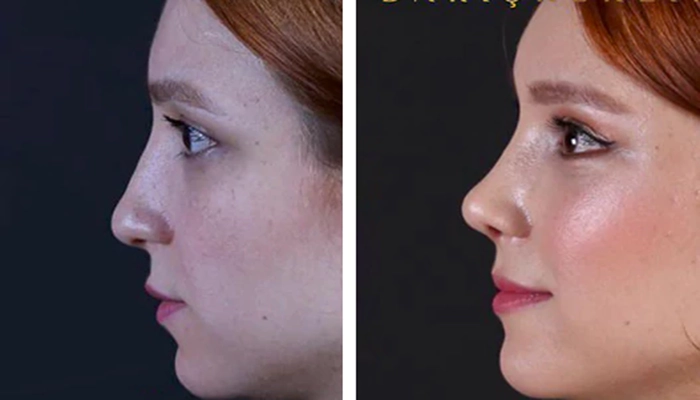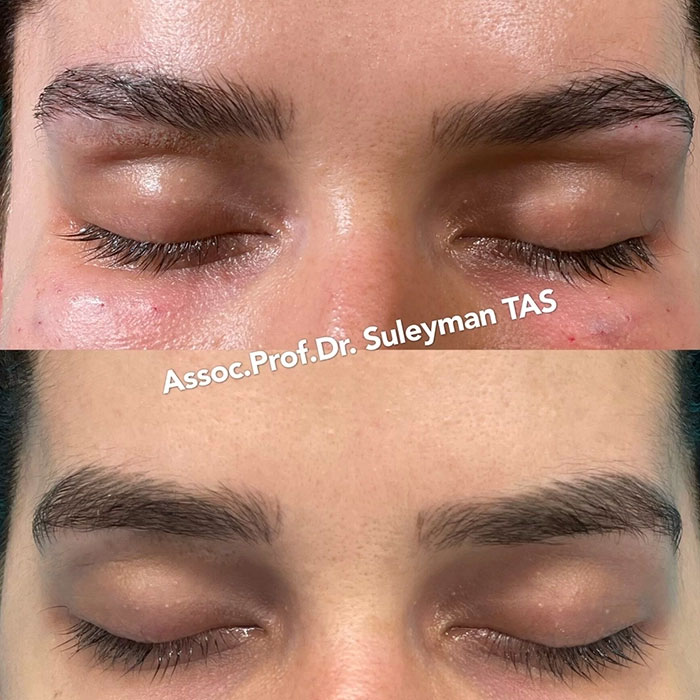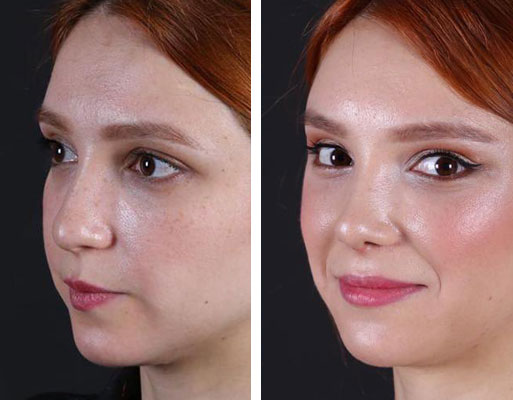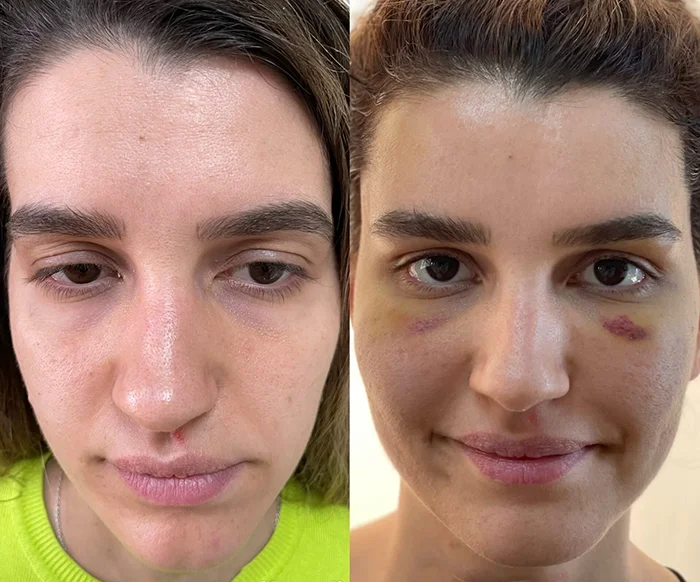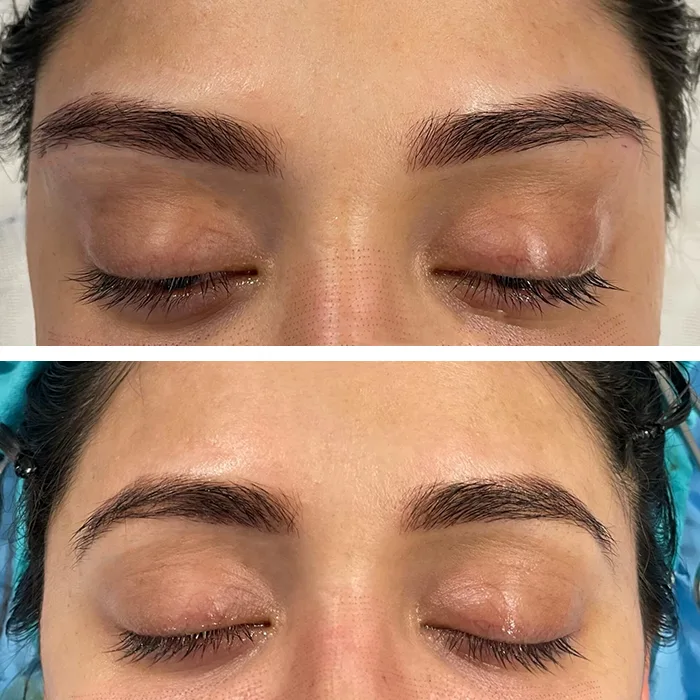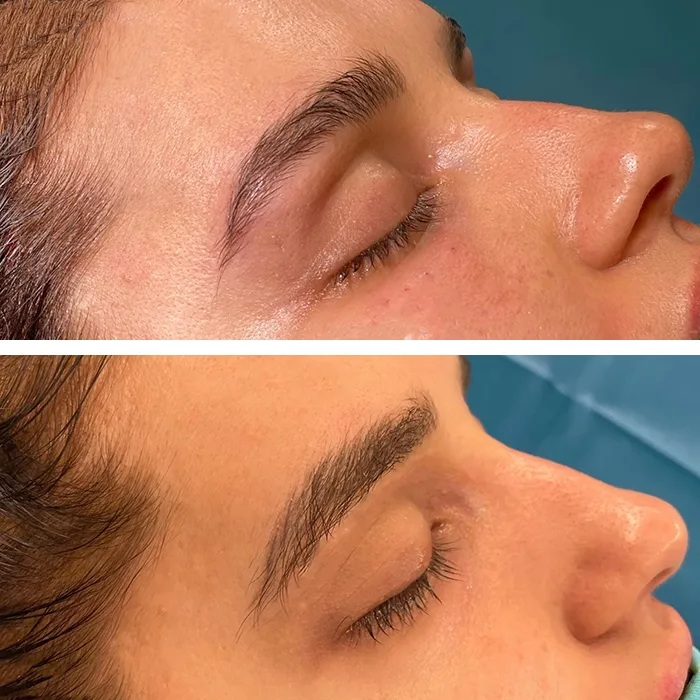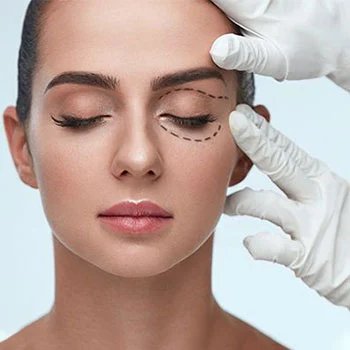What is cat-eye surgery?
Canthoplasty, cat-eye surgery, or fox eye lift are used to describe cosmetic surgery that changes the shape of the eye and gives the patient almond-shaped eyes. Cat-eye surgery or Canthoplasty elongate the eyes and elevate their outer corners. It will improve the patient’s looks and give him/her more attractive eyes.
Who is a good candidate for Canthoplasty?
Cat-eye surgery is an elective cosmetic procedure that is performed to improve the appearance of the eyes and give the patients better looks. Canthoplasty is a great option for people who:
- Are physically healthy
- Have realistic expectations about the results you will have from the surgery
- Have a round-shaped eye
- Have descending outward eye corners
- Have droopy skin under their eyes that make them look old
- Have the desire to elevate the corners of their eyes
How to prepare for cat eye surgery
The first and most important thing to do is to talk to your doctor and tell him/her what you expect and why you want to undergo cat-eye surgery. It is essential to have realistic expectations, to begin with, and you need to know that canthoplasty is what you need.
Canthoplasty does not usually require a lot of preparation because it is usually performed under local anesthesia. However, if you are planning to combine cat-eye surgery with other procedures you may be given an IV injection to make you fall asleep during the surgery.
Anyhow, you need to do the following before a cat eye surgery:
- Stop smoking for 4 weeks before the surgery
- Stop alcohol consumption for 2 weeks before the surgery
- Stop taking blood thinners or any other medication that may affect normal blood clotting
- Do not eat or drink 12 hours before the operation.
- Avoid applying makeup on your face on the day of the surgery
How is cat-eye surgery done?
Cat-eye surgery steps can be different a bit depending on the technique the surgeon uses to achieve the desired look. Cat-eye surgery is usually performed under local anesthesia but it can also be done using general anesthesia.
During the surgery, the surgeon will make a few incisions near the outer corner of the eye. Then he/she will detach the lateral canthal tendon and shorten it and reposition it to change the shape of the eye and remove the sagging from under the eyes.
The surgeon tries to make incisions in the natural creases of the eye to hide any scars. Cat-eye surgery usually takes from one hour to two hours.
Thread cat-eye surgery
Some patients prefer to have the results of cat-eye surgery without having to undergo a surgical procedure, therefore they choose to have thread cat-eye surgery. Thread cat-eye is a minimally invasive procedure that can give you instant results using special dissolvable threads.
The problem with cat eye without surgery is that the result does not last long. Thread Cat-eye results can last up to nine months. After that, your looks will go back to what it was and you need to have the procedure repeated.
Cat-eye surgery cost
The price of cat-eye surgery varies from country to country. In the United States of America, the prices range from $5,000 to $7,500. In Europe, it can cost about $4,000 for the surgery.
There are other cheaper options like Turkey and Mexico where Cat-eye surgery costs about $2,500 and Iran where the surgery costs about $2,000.
Cat-eye surgery side effects and risks
Even though every surgery can involve some risks and possible side effects, cat-eye surgery is considered safe with rare complications. The common side effects and potential complications include:
- Bruising and swelling around the eyes for a few weeks after the surgery
- Dry eyes
- Temporary blurry vision
- Scarring
Cat-eye surgery scar
As with every surgery, you will have some scars after cat-eye surgery. The good news is that an experienced surgeon can hide the scars in the natural creases of the eye. Furthermore, good recovery after the surgery can reduce scarring and make scars less noticeable.
Canthoplasty and dry eye
Some patients may suffer from dry eyes after undergoing cat-eye surgery. This can happen because the surgery may affect the mechanism of blinking leaving more of your eyes exposed to the environment.
The surgeon may give you some eye drops to treat dry eye and ask you to avoid eye strain for a few weeks after the surgery.
Canthoplasty recovery time
Canthoplasty is a minimally invasive surgery therefore it does not take a long time to recover from it. A full recovery from cat-eye surgery usually takes a week or two weeks. A lot of patients return to work after two weeks without any problems.
Just keep in mind that you will have to follow your surgeon’s post-op instructions to fully heal and get the desirable results. Some tips for a quick recovery after canthoplasty include:
- Use ant-scar creams and lotions as instructed by your surgeon
- Elevate your head when you lay on your back
- Have good rest
- Avoid using your phone or watching TV for a long time after the surgery
- Avoid wearing contact lenses for the first week
- Avoid applying makeup on the eye for one week
- Avoid vigorous exercise for one week
- Put several pillows under your upper torso when sleeping
- Avoid smoking and drinking alcoholic beverages
It is normal to feel some pain for a few days after cat-eye surgery. Elevating your head and using cold compresses will help you ease the pain. If you still feel uncomfortable you can use some OTC painkillers.
Canthoplasty revision
If there is a problem with your surgery or you do not like the results (e.g you have asymmetrical eyes) you should talk to your surgeon to see if you need a canthoplasty revision.
Canthoplasty revision will help you fix botched cat-eye surgery and give you better results. Just make sure the surgeon who performs the surgery is well-trained and experienced.
Canthoplasty VS blepharoplasty
Canthoplasty and blepharoplasty have some similarities which make it possible to combine canthoplasty with blepharoplasty. Some patients choose to have both surgeries together to improve the shape of their eyes and have younger-looking eyelids.
On the other hand, you should not confuse canthoplasty with blepharoplasty. Blepharoplasty alone does not change the shape of your eyes or lift their outer corners.


